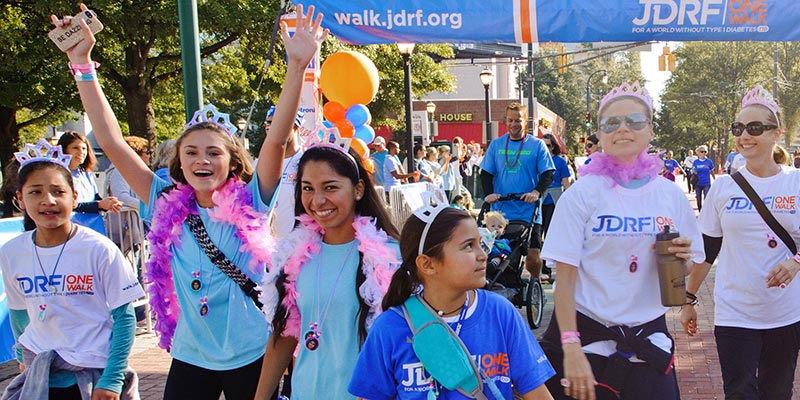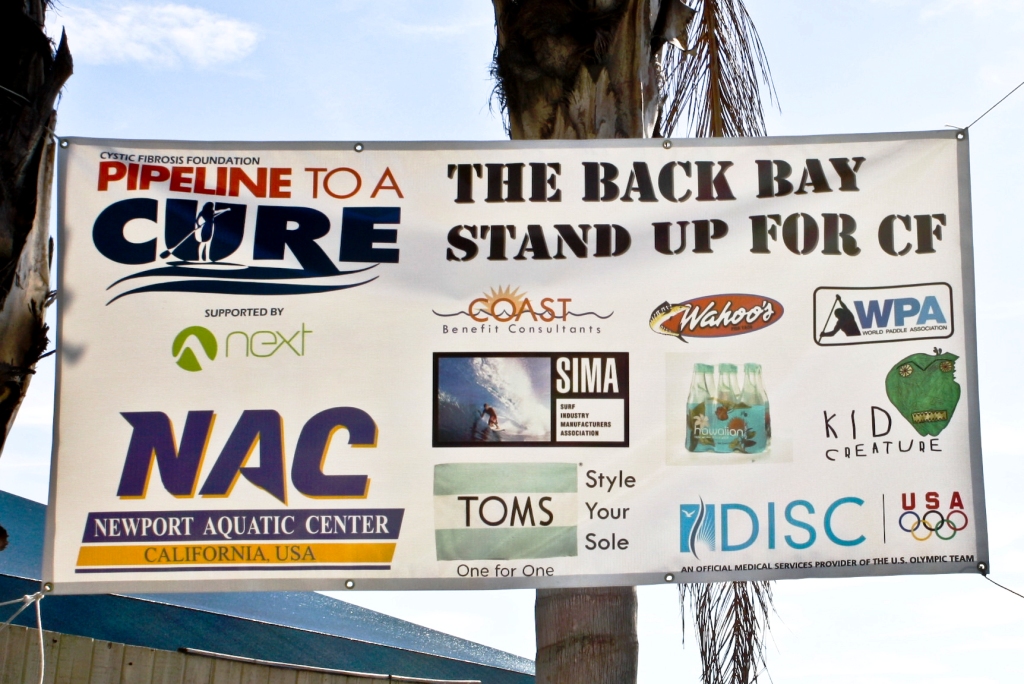
I recently received the results of a nutrition study re: raisins and post-meal glucose levels. This got me thinking…I have learned to be some what savvy when sifting through this type of information, however I can see how it would be very difficult for most people who don’t do this on a daily basis; especially when news outlets pick-up these stories and soon you hear news anchors everywhere extolling the virtues of this or that.
While I have not done the further research yet, when examining study findings such as the ones below, questions pop-up in my head and I thought it might be helpful for you to see how I personally go through articles such as the one below (My comments will be in RED). I definitely do not claim to be an expert in deciphering research…these are the methods I follow personally.
For this particular study, I noticed immediately that though it came from a Nutrition Website I subscribe to and thoroughly enjoy (Smartbrief for Nutritionists), it had a disclosure on the top of the e-mail stating, “This is a paid advertisement” which got me thinking…who paid for it?
—————————————————————————
California Raisins Announces New Research Findings (Who funded this research? Was is California Raisins?)
New research recently debuted at the American Diabetes Association’s 72nd Annual Scientific Session suggests eating raisins three times a day may significantly lower post-meal glucose levels when compared to common alternative snacks of equal caloric value (What specifically were those snack alternatives? Apples, rice cakes, cheese, chocolate chip cookies, potato chips???).
The study was conducted at the Louisville Metabolic and Atherosclerosis Center (L-MARC) by lead researcher, Harold Bays, MD, medical director and president of L-MARC (Does this doctor have any affiliation with the Raisin Board?).
Key Findings:
The study was conducted among 46 men and women who had not previously been diagnosed with diabetes mellitus, but who had mild elevations in glucose levels. Participants were randomly assigned to snack on raisins or pre-packaged commercial snacks (Again, what specifically were those snacks?) that did not contain raisins or other fruits or vegetables (We now know the other snacks were not produce-related), three times a day for 12 weeks (How big was the portion size?). Findings included:
- Compared to control snacks (Not sure what they were), raisins significantly decreased mean post-meal glucose levels by 16 percent
- Compared to baseline within group paired analysis, raisins significantly reduced mean hemoglobin A1c by 0.12 percent (that is a decrease, but VERY slight and not what I would consider significant…a small fraction of 1 percent)
- Consumption of the control snacks in the study did not significantly reduce mean post-meal glucose or hemoglobin A1c
The study was funded by the California Raisin Marketing Board through a grant to the L-MARC Research Center in Louisville, Kentucky (We now know the study was funded by the California Raisin Marketing Board).
“Raisins have a relatively low glycemic index and contain fiber and antioxidants, all factors which contribute to blood sugar control,” said James Painter, Ph.D., R.D., and nutrition research advisor for the California Raisin Marketing Board. “Decreasing blood sugar and maintaining normal hemoglobin A1c levels is important because it can prevent long-term damage to the heart and circulatory system.” This statement is reasonable, however dried fruits are MUCH higher in sugar and MUCH more concentrated in calories than fresh fruit. My fear would be that people begin ADDING handfuls of raisins into their diets in an attempt to lower their blood sugar and that seems misguided.
The research is from a two-part study by L-MARC that looked at raisins and possible impacts to blood pressure and blood sugar levels. The first part of the study announced at the American College of Cardiology’s 61st Annual Scientific Session suggests eating raisins three times a day may significantly lower blood pressure among individuals with slightly higher than normal blood pressure, otherwise known as prehypertension.
Visit http://www.loveyourraisins.com for further information and summaries of California Raisins’ nutrition research.
Again, I DO NOT have the answers to all of the red flags above…that will take further research; I merely wanted to share the process I go through with you.
Do any of you have a similar process you go through in your head when reading nutrition information or listening to news stories about nutrition / health?
 Never before have I written a post asking my readers to donate money, but for my niece I would do anything. Last Christmas my sister’s youngest child was diagnosed with Type-1 Diabetes (Juvenile Diabetes). I am so thankful that my sister recognized the signs and brought her in to the ER when she did…they said it was critical…her sugar was astronomically high. They spent quite some time in the Pediatric ICU and have been working on regulating her situation since.
Never before have I written a post asking my readers to donate money, but for my niece I would do anything. Last Christmas my sister’s youngest child was diagnosed with Type-1 Diabetes (Juvenile Diabetes). I am so thankful that my sister recognized the signs and brought her in to the ER when she did…they said it was critical…her sugar was astronomically high. They spent quite some time in the Pediatric ICU and have been working on regulating her situation since.









